
HarperCollins
Publishers 1 London Bridge Street London SE1 9GF www.harpercollins.co.uk First published by HarperCollins
Publishers 2018 FIRST EDITION Photographs Joff Lee 2018 Cover design by Ellie Game HarperCollins
Publishers Ltd 2018 Food Stylist: Mari Williams Prop Stylist: Joanna Harris A catalogue record of this book is available from the British Library Heather Thomas asserts the moral right to be identified as the author of this work All rights reserved under International and Pan-American Copyright Conventions. By payment of the required fees, you have been granted the nonexclusive, non-transferable right to access and read the text of this e-book on screen. No part of this text may be reproduced, transmitted, downloaded, decompiled, reverse engineered, or stored in or introduced into any information storage retrieval system, in any form or by any means, whether electronic or mechanical, now known or hereinafter invented, without the express written permission of HarperCollins e-books. Find out about HarperCollins and the environment at www.harpercollins.co.uk/green Source ISBN: 9780008300920 Ebook Edition July 2018 ISBN: 9780008300937 Version 2018-06-21


CONTENTS

In recent years, halloumi has become one of the most popular cheeses in the world. What makes it so special is its high melting point, and is sometimes simply referred to as grilling cheese. Unlike other cheeses, it is really versatile and can be grilled (broiled), griddled, barbecued, fried, roasted or baked without melting or losing its shape.
Crisp and appetizingly golden brown on the outside, yet tender inside, it has a firm, and meaty, albeit slightly rubbery and squeaky, texture. Together with its salty, tangy, umami flavour, this makes it different from any other cheese, as does its ability to keep well in the fridge for up to a year if its left sealed in brine in its original packaging. HISTORY AND ORIGINS Although a recent phenomenon for many, halloumi isnt new its been around for centuries. The name is derived from the medieval Egyptian Arabic halom and in Turkey its still known as hellim. It originated over 1,000 years ago in Cyprus where it was a valuable source of protein for poor agrarian communities living off the land. Each village had its own special recipe and this semi-hard, unripened white cheese was made communally from sheeps milk.
As time passed, goats milk was sometimes added too, and some modern versions are even made with cows milk, although purists frown on this practice. Mint was usually added for flavour, and the cheese keeps better when it is wrapped in fresh mint leaves. The halloumi most of us buy tends to be younger and milder than the dry, salty unpasteurised varieties that are still eaten in Cyprus where it is aged in brine for much longer to intensify the taste. NUTRITION Halloumi is rich in protein, vitamin A and calcium. Although, like other cheeses, it is relatively high in fat you can buy reduced-fat versions with 40 per cent less fat. And because most halloumi is made with goats or sheeps milk its much lower in lactose than cows milk cheeses and can often be tolerated by people with mild lactose intolerance.
It is higher in salt than most cheeses (330mg sodium per 25g/1oz), so if youre on a low-sodium diet for health reasons, it would be wise to limit your consumption and to eat it in smaller quantities. COOKING WITH HALLOUMI Halloumi is widely eaten throughout Greece, Turkey and the Levant as a meze (a selection of small dishes served with drinks or at the start of a meal) or for breakfast, usually with hummus or falafels, or watermelon, olives and freshly baked bread in the hot summer months. In Cyprus, the Greek islands and mainland Greece it is used (pan-seared or fried) to make saganaki or served in salads and with grilled vegetables or lountza, a spiced smoked pork sausage. Its distinctive saltiness is a good counterpoint to the sweetness of watermelon, melon, figs and citrus fruits. The recipes in this book include the latest trends as well as classic dishes from the eastern Mediterranean: Cyprus, Greece, Turkey, Lebanon, Syria, Egypt and Israel. Many are augmented with Middle Eastern flavourings and spices, such as preserved lemons, pomegranate molasses, sumac and zaatar.
In addition, we have new and innovative recipes for halloumi sliders, fries, fingers, bites, burgers and fritters. Its so versatile that it can be cooked over hot coals on a barbecue, griddled as a base for bruschetta, baked in pies or used as a topping for pizza. There are toasties, wraps and sandwiches plus great ideas for breakfast and brunch. We even have a vegetarian recipe for crisp battered halloumi fish and chips. Whereas many of the recipes are vegetarian often incorporating healthy grains, pulses and pasta chicken, meat and fish are also featured. We even have a special section dedicated to baking with halloumi with recipes for delicious loaves, savoury scones and cheesy muffins.
This is the ultimate cookbook for everyone who loves halloumi and wants to eat a really nutritious and healthy diet. BAKED HALLOUMI
Instead of frying halloumi, why not bake it in the oven? Its so easy, especially if you already have the oven on. Or you can scatter it, sliced or diced, over some roasted vegetables, a rice or pasta bake or a dish of beans or lentils for the last 1015 minutes of the cooking time. Preheat the oven to 200C (180C fan)/ 400F/gas 6. Cut the halloumi into slices, about 12cm ( inch) thick, and arrange them on a baking tray (cookie sheet). Spray lightly with olive oil or drizzle some over the top.
For additional flavour, you can sprinkle with some herbs, spices or crushed seeds, or drizzle with honey. Cook in the hot oven for 1015 minutes until crisp and uniformly golden brown. Eat immediately before the halloumi cools down.
SERVING SUGGESTIONS Dust with ground spices, such as sumac, cumin or paprika (sweet or smoked). Sprinkle with dried or fresh herbs, e.g. oregano, thyme, chopped rosemary.
Drizzle with pomegranate molasses, balsamic vinegar or glaze. Squeeze some lemon juice over the top. Drizzle with honey. Serve as an appetizer with roasted or char-grilled red (bell) peppers (freshly cooked or bottled). Lay some thinly sliced halloumi over the top of an ovenproof dish of vegetables, a moussaka, pasta bake or pizza for the last 1015 minutes of cooking for a crusty, cheesy topping.
GRILLED (BROILED) OR GRIDDLED HALLOUMI
Halloumi looks good when its cooked on a ridged griddle pan because it gives those appetizing char lines.
GRILLED (BROILED) OR GRIDDLED HALLOUMI
Halloumi looks good when its cooked on a ridged griddle pan because it gives those appetizing char lines.
If you dont have a griddle pan, cook it under a grill (broiler). You dont need to use oil when using this cooking method. Try the halloumi with one or more of the dips . USING A GRIDDLE PAN Cut the halloumi into slices, about 12cm ( inch) thick. Set a ridged griddle pan over a medium heat and when its hot, add the halloumi. Dry-fry for 23 minutes each side until crisp, golden and attractively striped.
Dont overcook or it will become too charred. Remove from the pan with a slotted spoon or spatula and eat immediately. If you leave it to cool down, it may become rubbery. USING A GRILL (BROILER) Preheat the grill (broiler) to medium to high heat. Arrange the slices of halloumi in a grill (broiler) pan (drizzle with olive oil if wished) and cook under the hot grill (broiler) for 23 minutes each side until crisp and golden brown. Alternatively, place the cheese slices in a heatproof dish under the grill (broiler).
Next page
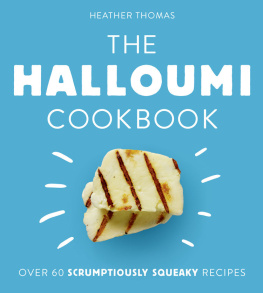
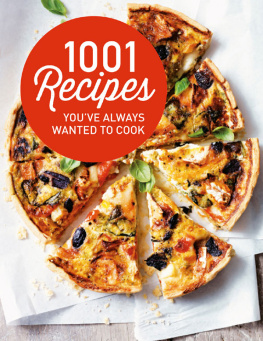

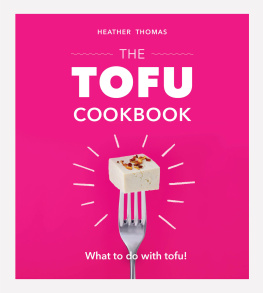

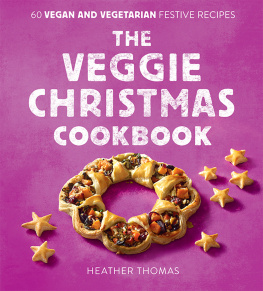

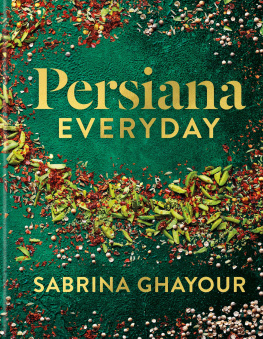
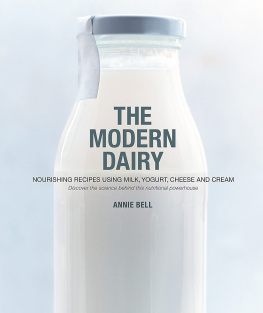
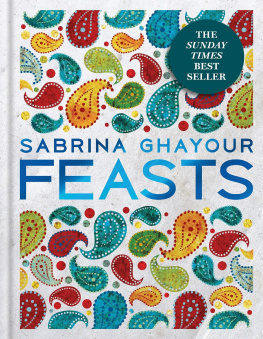


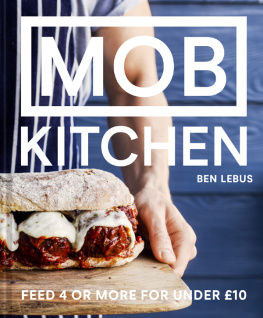
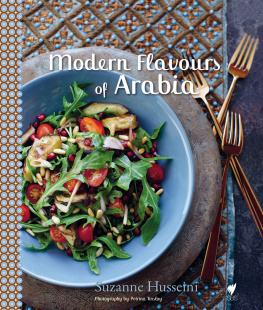

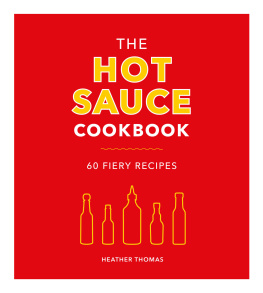
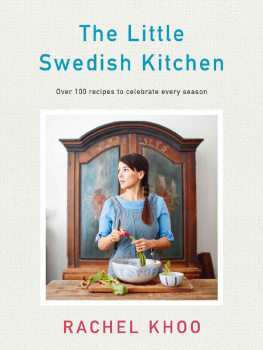



 CONTENTS
CONTENTS 